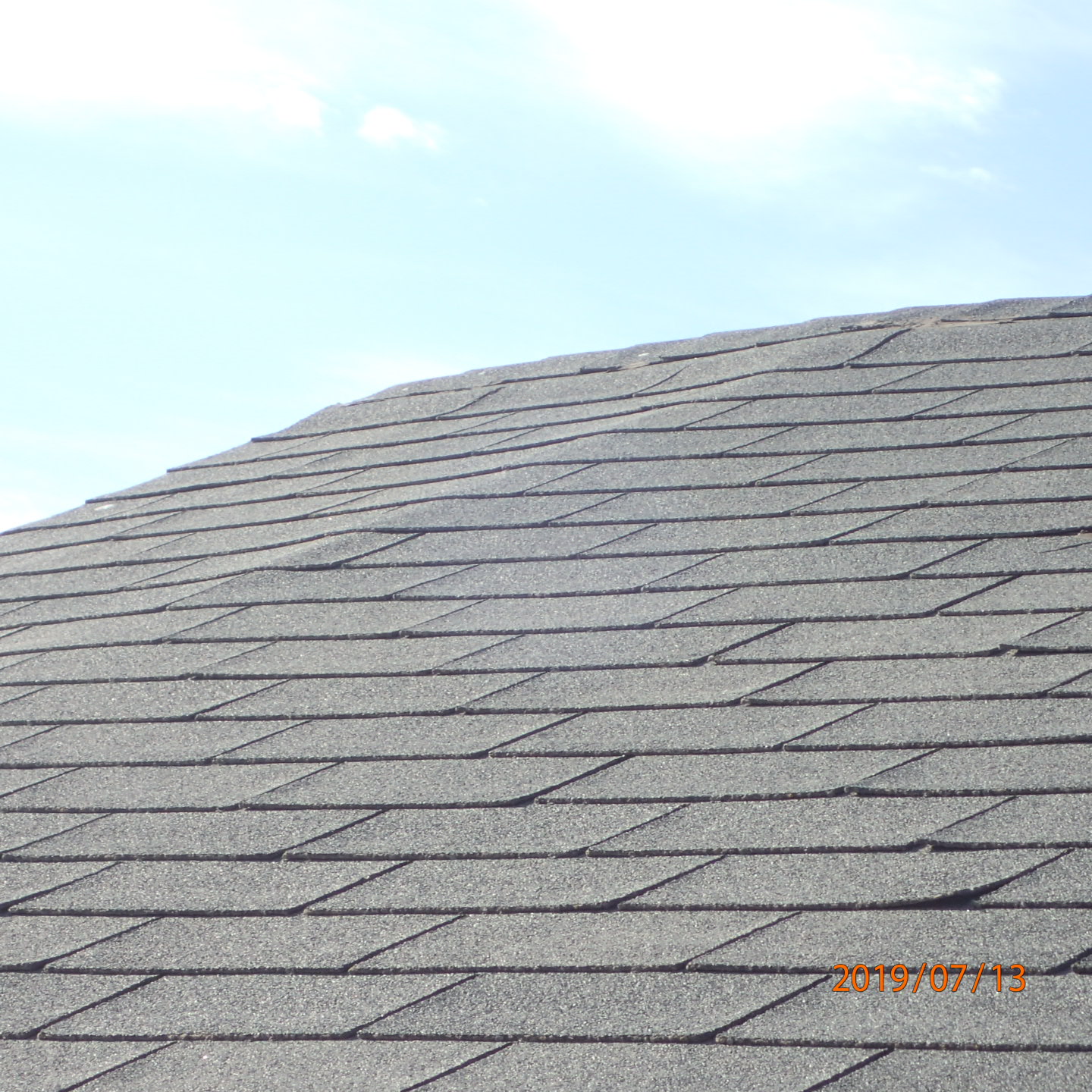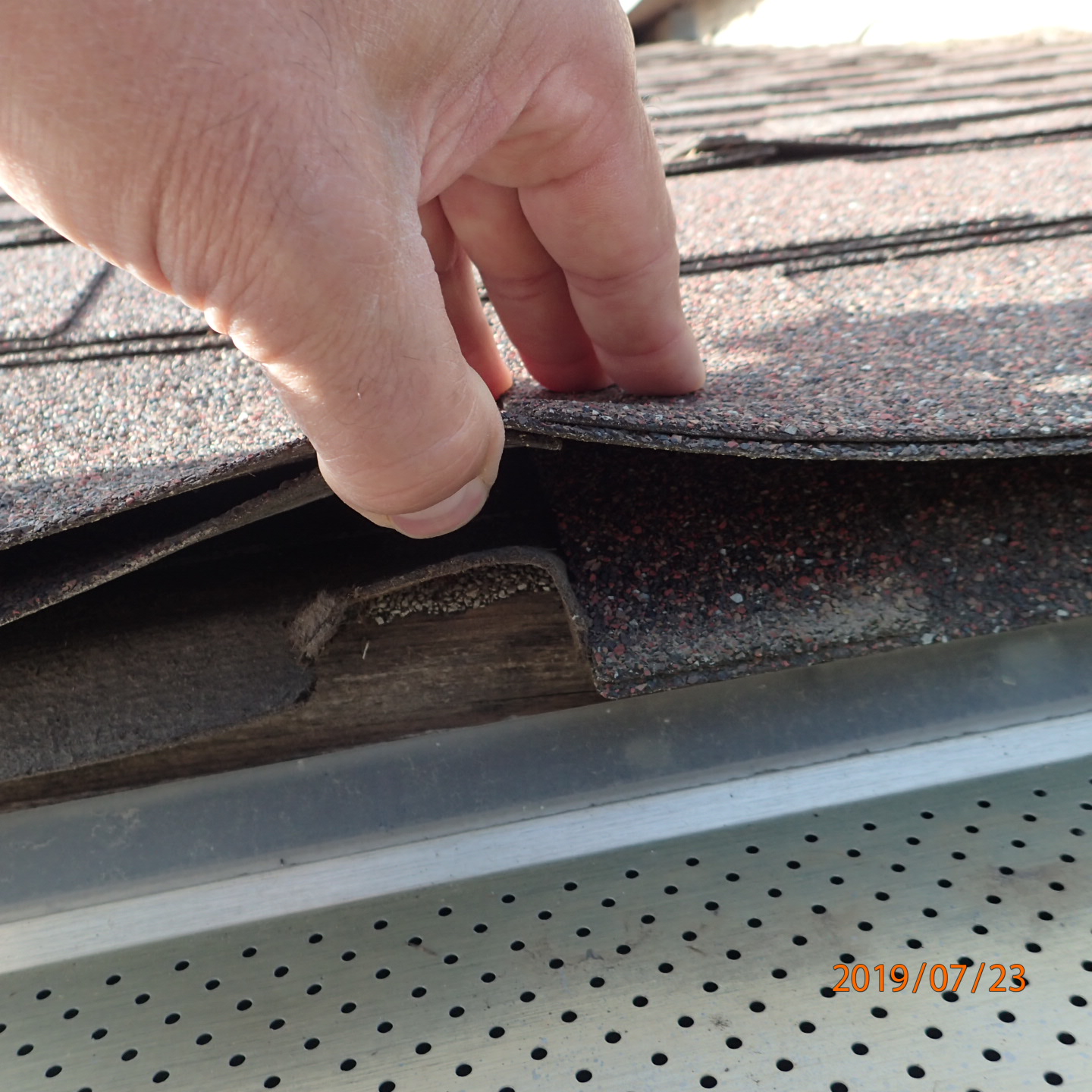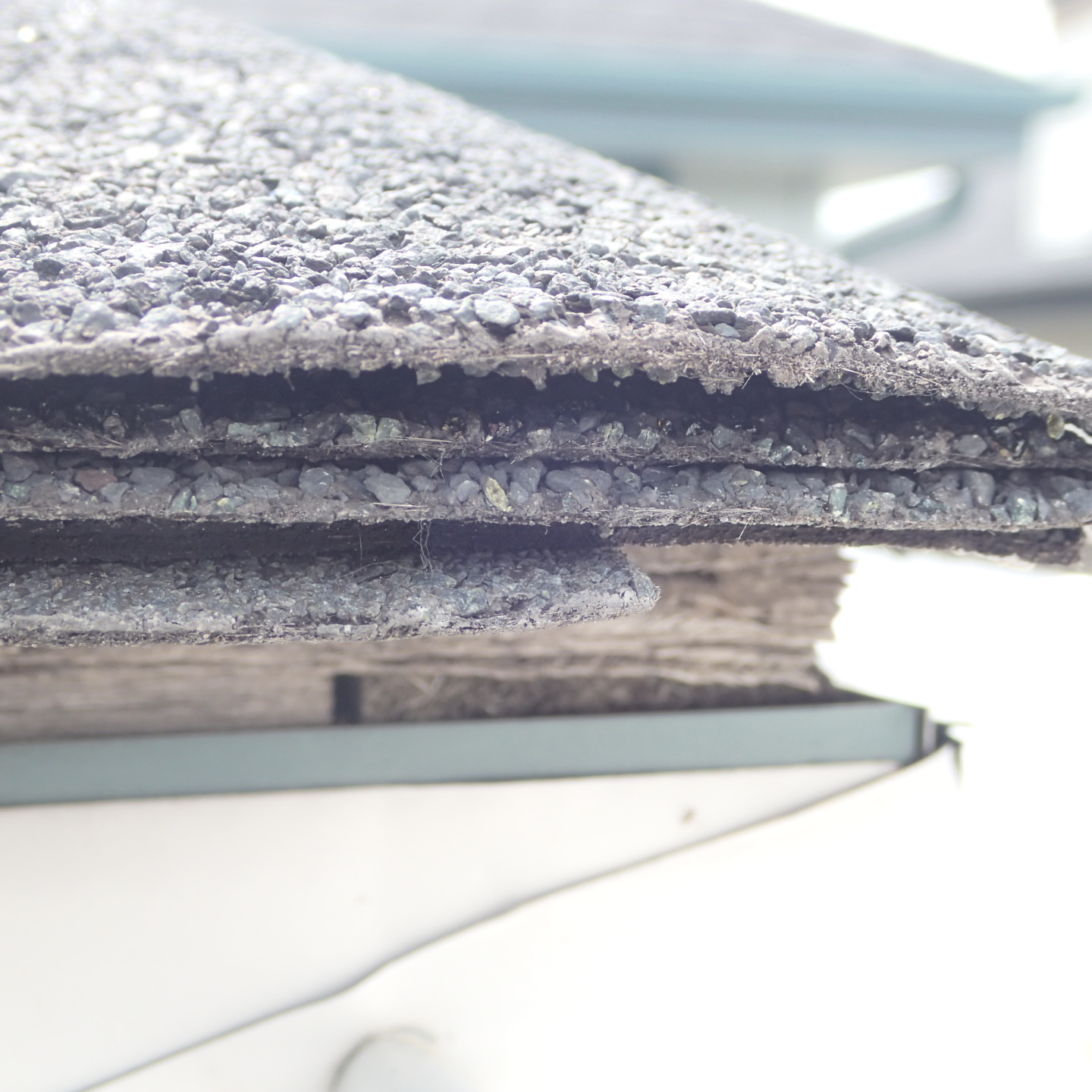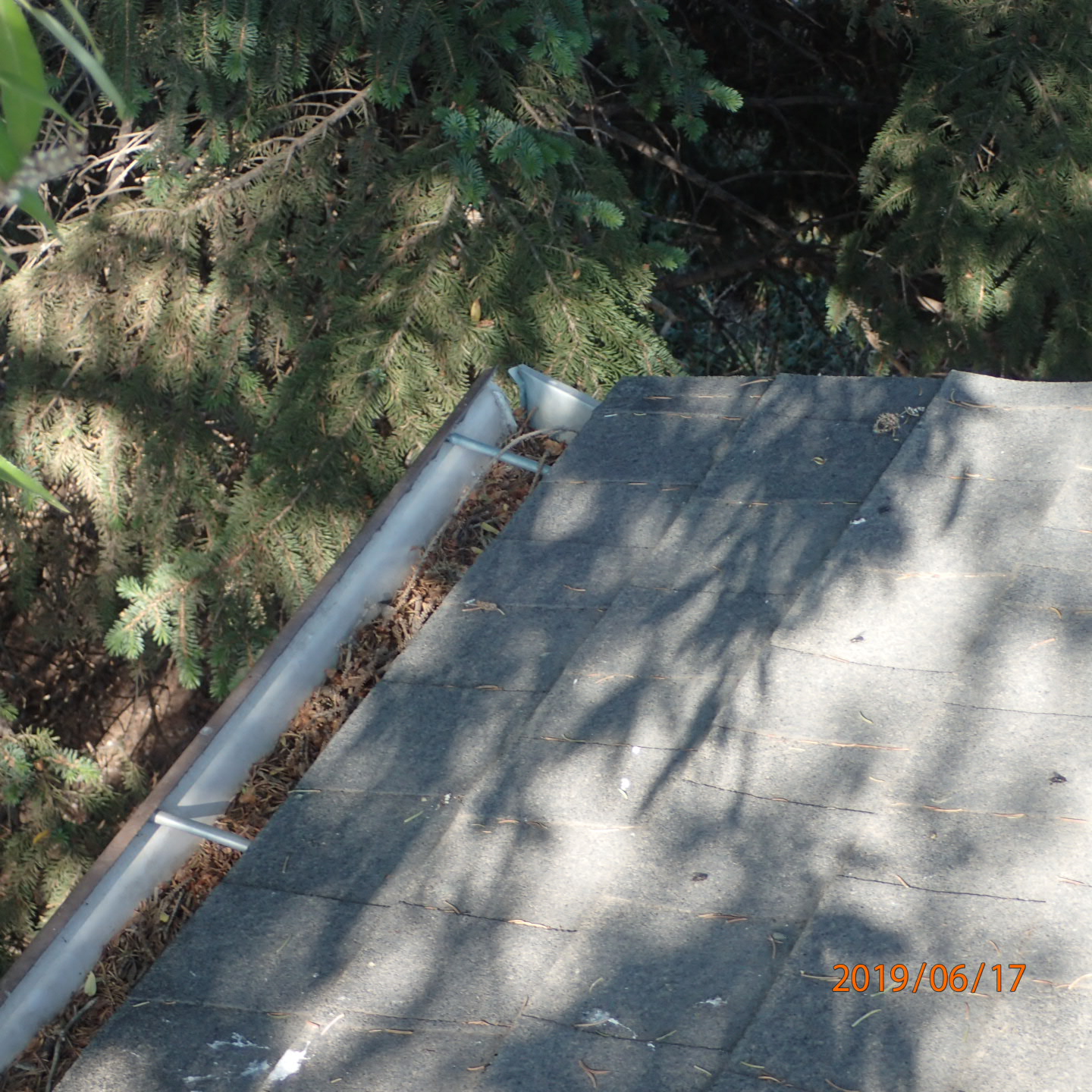



Inspecting Your Roof: Walking vs. Binoculars or Drones
When it comes to inspecting your roof, using binoculars or a drone should be a last resort. Instead, consider walking the roof—it’s often a better and faster approach. When you walk the roof, you not only get a close look at the shingles but also have the opportunity to feel for any deflection. Deflection could result from rotted sheathing or under-designed rafters. In some cases, older homes (built in the 1950s) may have undersized rafters, causing the roof to sag by 2 or 3 inches. This issue could be due to missing collar ties, poor bracing, or improper bracing placement in the attic. Fortunately, many of these problems can be resolved by following the latest building code, and your contractor can address them.
However, there are situations where engineer involvement is necessary. If it’s safe to do so, your home inspector should always walk the roof to ensure a thorough quality inspection.
Why Walking the Roof Matters
Walking the roof provides several advantages. First, it allows you to closely examine critical areas, including:
-
Roof Edge and Trim: Missing roof edge trim can lead to wind-driven moisture seeping into the wood substrate, causing wood rot and mold issues. By inspecting the trim up close, you can identify any potential problems.
-
Gutters: Checking the gutters from the roof provides insights into their condition. Clear gutters are essential to prevent water buildup and potential leaks. Rusting gutters or faulty connections should be noted.
-
Underlayment: Walking the roof lets you observe the underlayment material. Underlayment functions a backup layer to protect your structure should the shingles fail. Any signs of damage or deterioration can be addressed promptly.
-
Shingles: Close-up inspection of the shingles helps identify issues such as missing or damaged shingles, which could compromise the roof’s integrity. Proper shingle installation is crucial. Check if they adhere correctly to prevent wind lift, if they are properly lapped, and if there are exposed nails, under-driven or over-driven nails. Ensure that valleys are adequately sealed.
Remember, safety comes first and walking the roof should only be performed if its safe to do so.